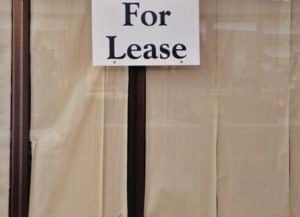Boston office vacancies hit 15.7 percent in the first quarter but signs of a gradual recovery are starting to emerge in the post-pandemic outlook, according to a brokerage report.
The 66.8 million-square-foot market had 1.16 million square feet of negative absorption during the first three months of 2021, a decline from the 1.32 million square feet in the fourth quarter, Colliers International reported.
Class B properties had the poorest performance, and were responsible for 700,000 square feet of negative absorption.
But there are signs that tenant activity is rebounding, particularly among sublease spaces that offer a 17 percent discount from direct asking rents at Class A properties.
Landlords have shown little urgency about dropping asking rents to fill vacancies, with rents declining just 3.1 percent over the past year at class A properties and 4.8 percent at class B properties. Many companies are planning to reopen offices by the end of the third quarter, giving landlords more clarity about future occupancy.
“This bodes well for further market stabilization, since occupiers can better plan for the long range once they’re back in their space,” states the report by Colliers’ Aaron Jodka and Dion Sorrentino. “There is still much uncertainty about permanent remote work and what that will mean for physical occupancy. Smooth sailing is unlikely, but we anticipate 2021 being a year of discovery before a potential recovery in 2022.”
Cambridge’s office market has been more resilient, with office vacancies ending the first quarter with a 10.2 percent vacancy rate, up from 6.4 percent a year earlier.









